|
In order to help you navigate the wildfire smoke that is affecting our air quality, we have put together some recommendations for respiratory support of your equine companion. Please note that this information is intended as a helpful guide for horse owners. Questions regarding your horse's individual situation is best addressed by your veterinarian. Air Quality Index Considerations for HorsesChecking AQI: There can be some confusion regarding which source is the best to use for determining AQI in your area. This article explains the differences. This site combines Purple Air (crowdsourced, readings every 10 mins) with the EPA (government-run, regularly calibrated, readings less often) AQI Related Exercise Recommendations: This visual reference guide was created to be used as a quick visual reference for appropriate riding activities corresponding to Air Quality Index (AQI) levels. Extra precautionary measures are encouraged for horses with pre existing conditions that are like to be exasperated by smoke inhalation. Green Days are considered to be satisfactory air quality where no equine activity restrictions are recommended for healthy horses. The air quality is considered acceptable on Yellow Days. However, there may be a risk for some horses, particularly those who are sensitive to air pollution. Orange Days are widely accepted as being unhealthy for sensitive groups. In cases where air quality is poor due to smoke inhalation, we recommend that all horses be limited to an easy trot or walk as you do not want the particulate matter found in smoke to be drawn deep into your horse's lungs. The particulate matter from a wildfire is tiny and can get all the way into the deepest parts of the lungs, causing problems for weeks, months, or years down the road, depending on level of damage incurred. These particulates will affect horses with pre-existing respiratory conditions more than horses with a healthy airway. The graphic above has some ideas for ways to safely work with your healthy horses (those with no pre-existing conditions).
Similarly to humans, Red Days indicate that the air has become unhealthy for all horses and people. We recommend avoiding intense work and concentrating on ground exercises to build strength and flexibility. The Starwood Equine team has been hard at work to provide you with "How-to" videos on our YouTube page. Check out our videos on ground exercises to build strength while minimizing exertion: Therapeutic Exercises: - Pelvic Tucks: (3 sets of 10) - Sternal Lifts: (3 sets of 10) - Lateral Tail Pulls: Pull to the side and hold for 10 seconds; 5 times on each side - Hindlimb Mobility: Please perform daily stretching of the hind limbs by pulling the limb forward (protraction) towards the front knee and backwards (retraction). Then follow it with a whole limb flexion. Keep the limb in this position for 3-6 seconds. Stabilization and Balance exercises: - Front Limb Circles: lift front limb as if to pick out the hooves and circle 10 times clockwise and 10 times counterclockwise on the left and right - Hind Limb Leans: lift the hind leg as if to pick out the foot, once lifted and gently holding the weight lean your shoulder into the horse's side, this will cause them to further balance and activate the opposing limb, repeat 5 times on each side. Purple and Maroon Days pose health risks to everyone. Give your horse a break from all non-essential activities.
When to Call the Veterinarian
Additional Supportive CareSUPPLEMENTS Supplements can be an effective way to support respiratory health, especially those with Vitamin E and Omega 3 fatty acids. Some of our office favorites include:
We have gotten a lot of questions about nebulizing- Nebulizing can be an effective way to deliver medications to the respiratory system, and nebulizing with saline may show some benefit to helping healthy horses clear their airway. Nebulizing should be performed under the guidance and recommendation of a veterinarian because many substances can be irritating and cause more harm to the respiratory tract. HUSBANDRY Horses in dusty environments or exposed to environmental irritants are more likely to suffer from respiratory infections. The following steps can decrease environmental irritants and help maintain a healthy airway
ADJUNCTIVE THERAPY Supplemental care can be an effective way to support respiratory health.
We have received many questions regarding nebulization, which is an effective way to get medications directly into the deepest part of the lungs. We do not recommend nebulizing healthy horses with anything besides saline (unless otherwise indicated by your veterinarian), as many of the products that people add can actually damage the respiratory tract. Returning to WorkStarwood Equine recommends returning to work 2 full weeks after AQI levels have improved consistently. These are basic guidelines and every horse/training program is different. Please call the office if you feel you need clarification on your horse's individual needs.
1 Comment
Follow these guidelines from the American Association of Equine Practitioners (AAEP) to help you prepare for an equine emergency:
First aid kits can be simple or elaborate. Here is a short list of essential items:
Many accidents can be prevented by taking the time to evaluate your horse’s environment and removing potential hazards. Mentally rehearse your emergency action plan. In an emergency, time is critical. Don’t be concerned with overreacting or annoying your veterinarian.
By acting quickly and promptly, you can minimize the consequences of an injury or illness. For more information about emergency care, contact our office. More information can also be obtained by viewing our Disaster Preparedness page or visiting the AAEP’s website, www.aaep.org/ Reprinted with permission from the American Association of Equine Practitioners. |
Topics
All
Archives
May 2021
|
Privacy Policy | Copyright © 2019 Starwood Equine Veterinary Services, Inc. All rights reserved.

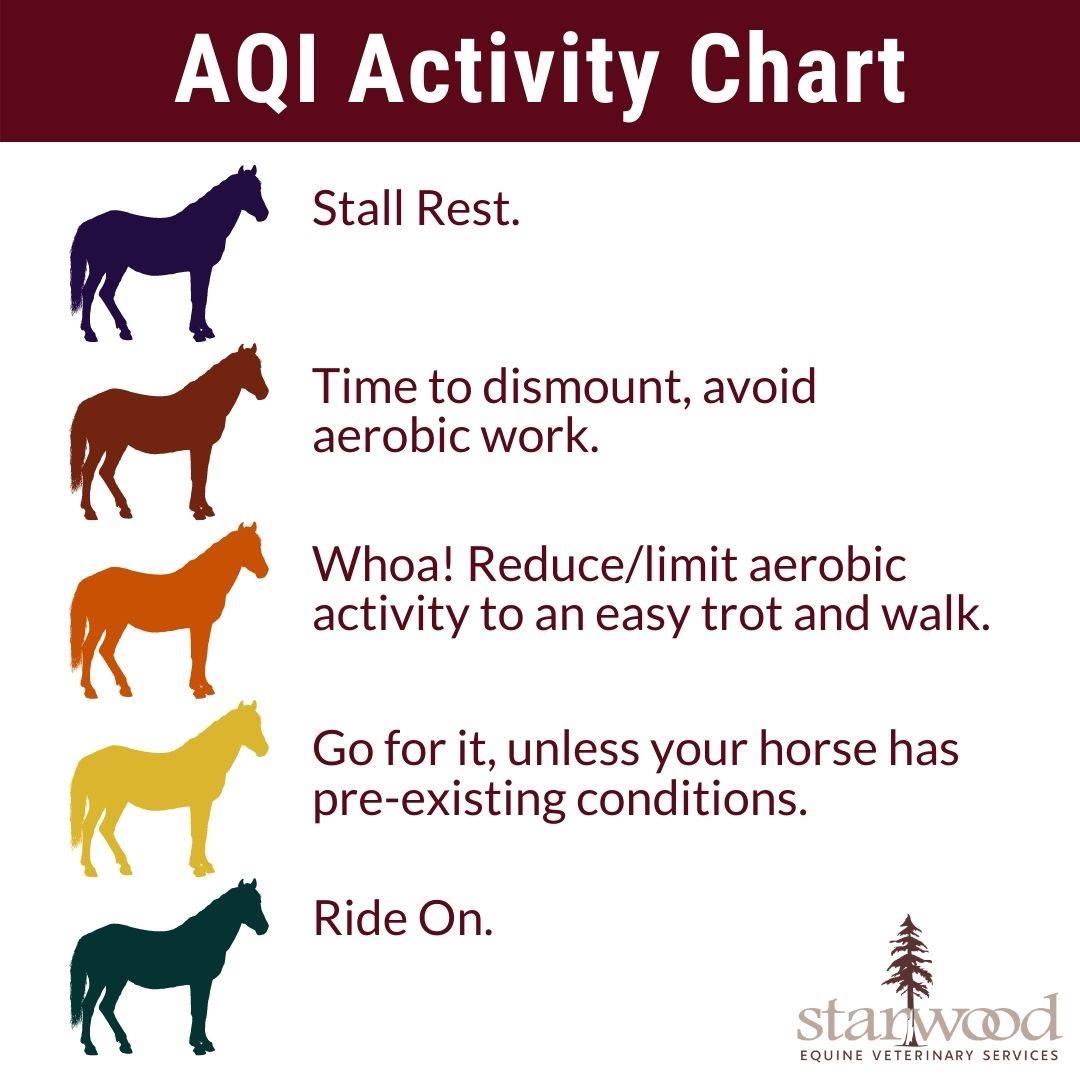
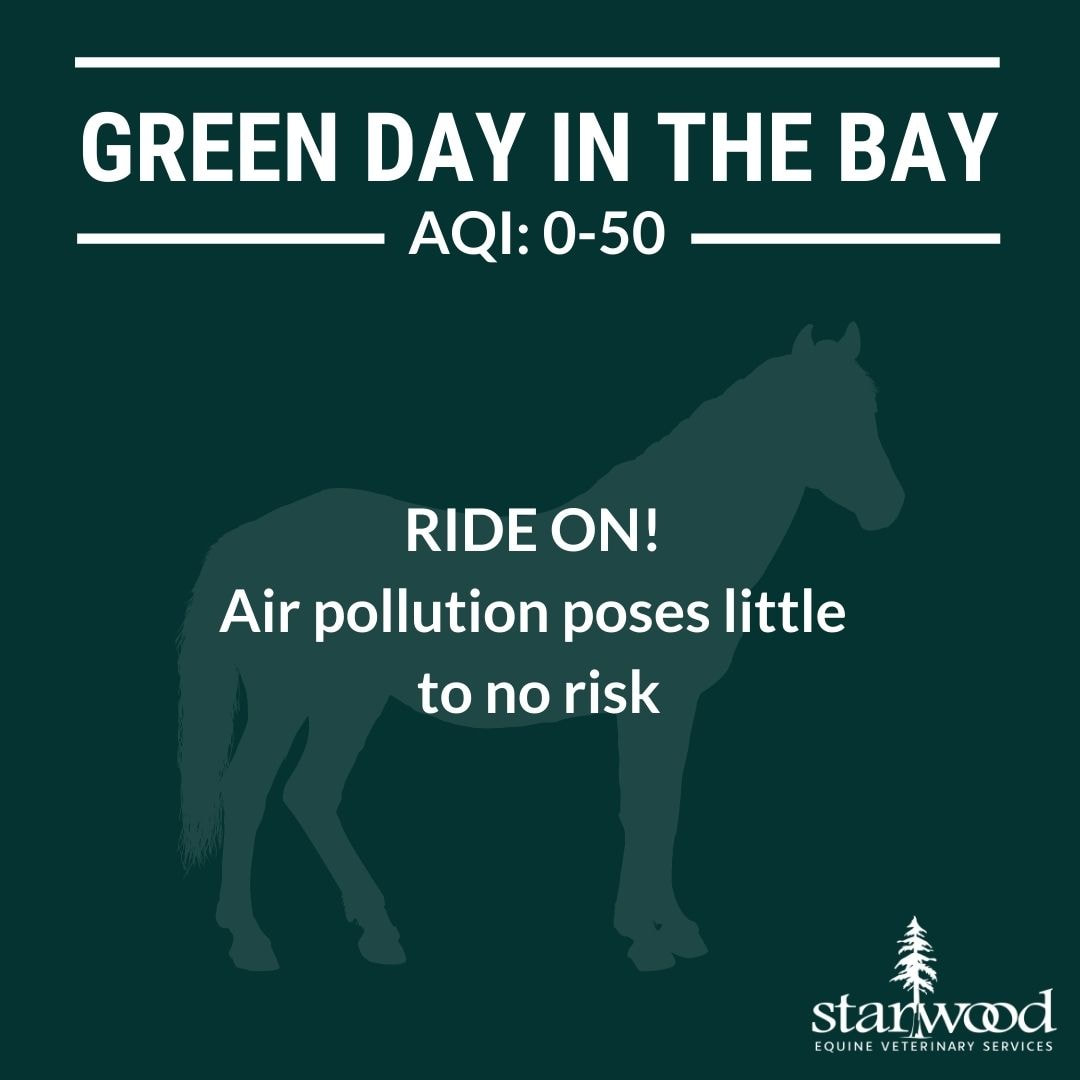
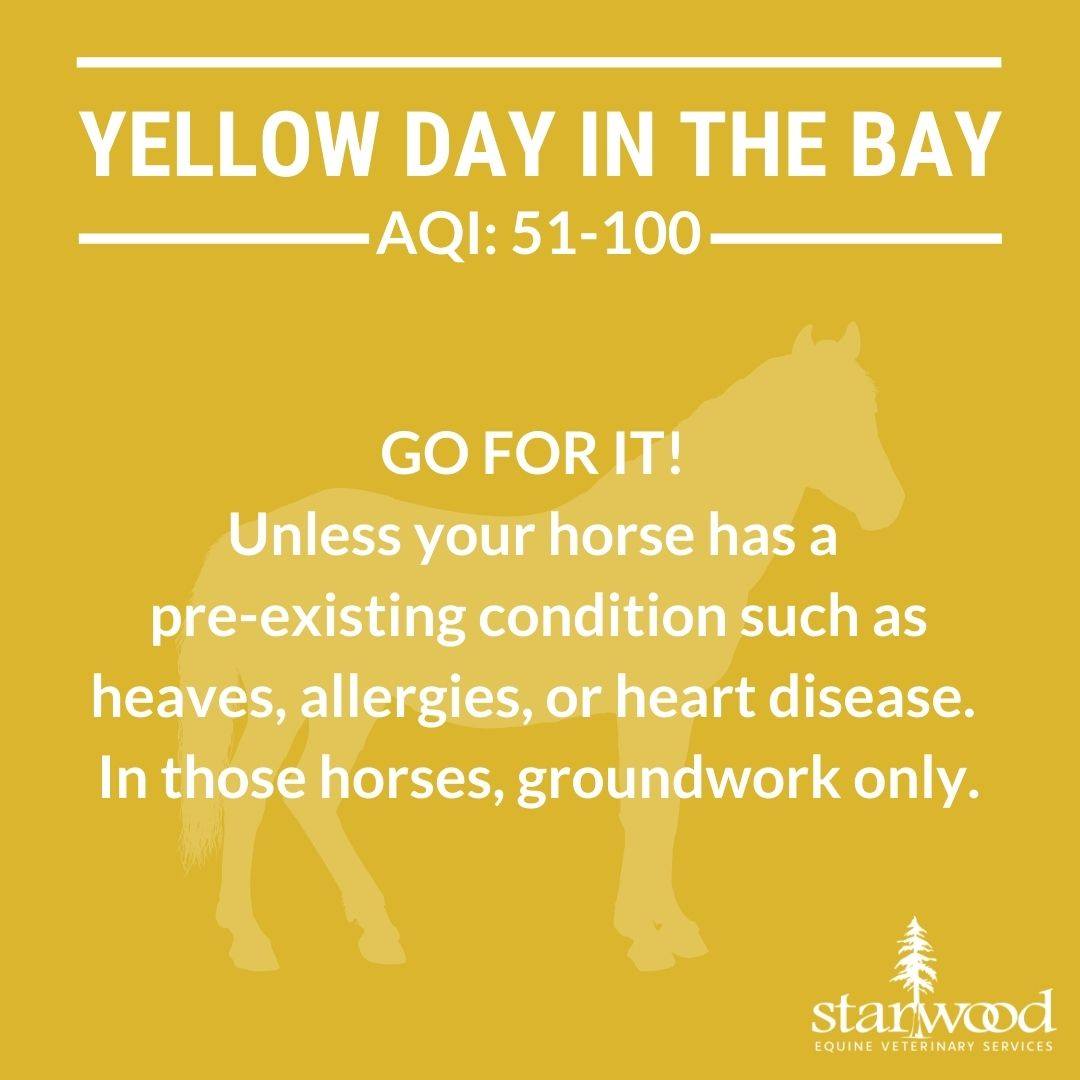
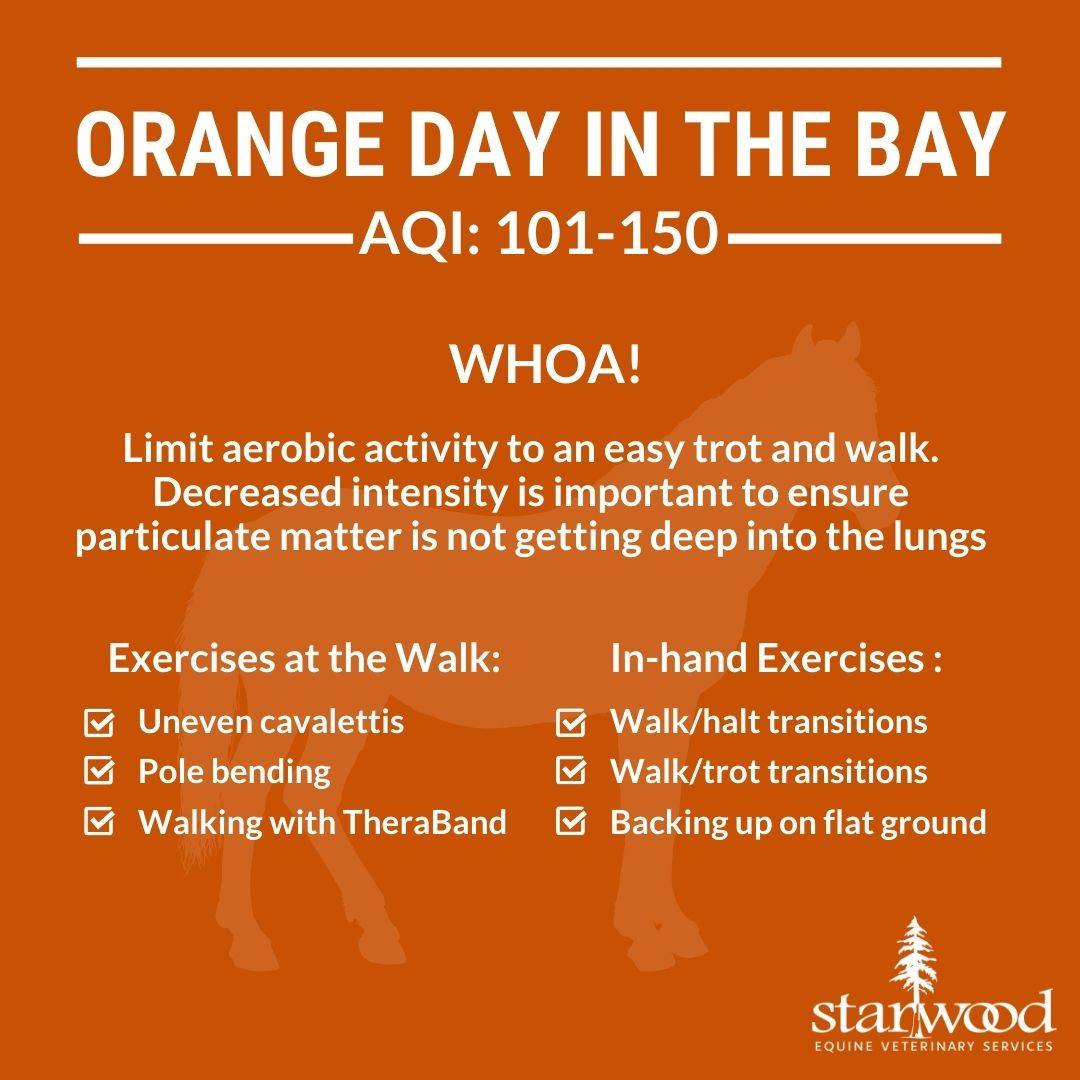
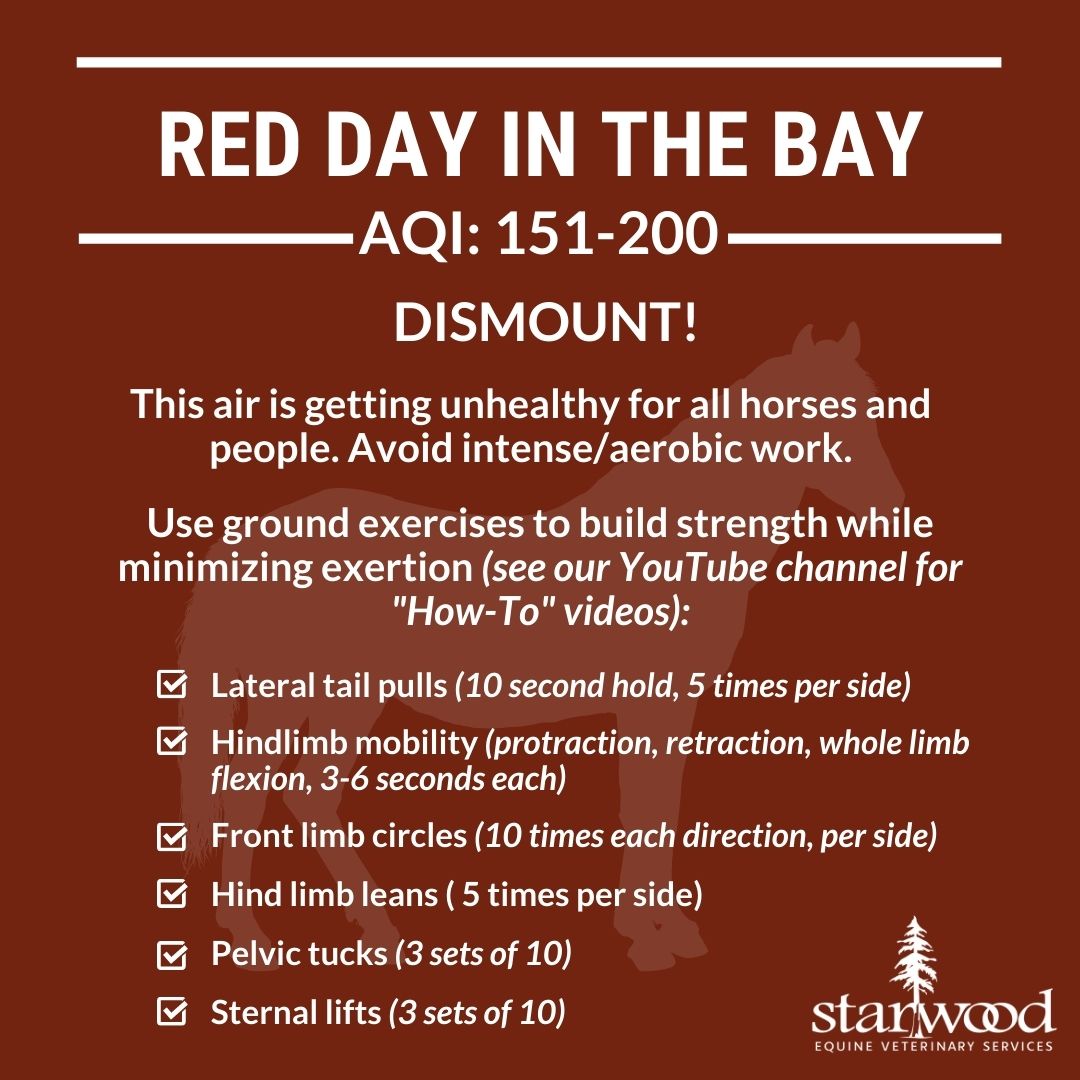
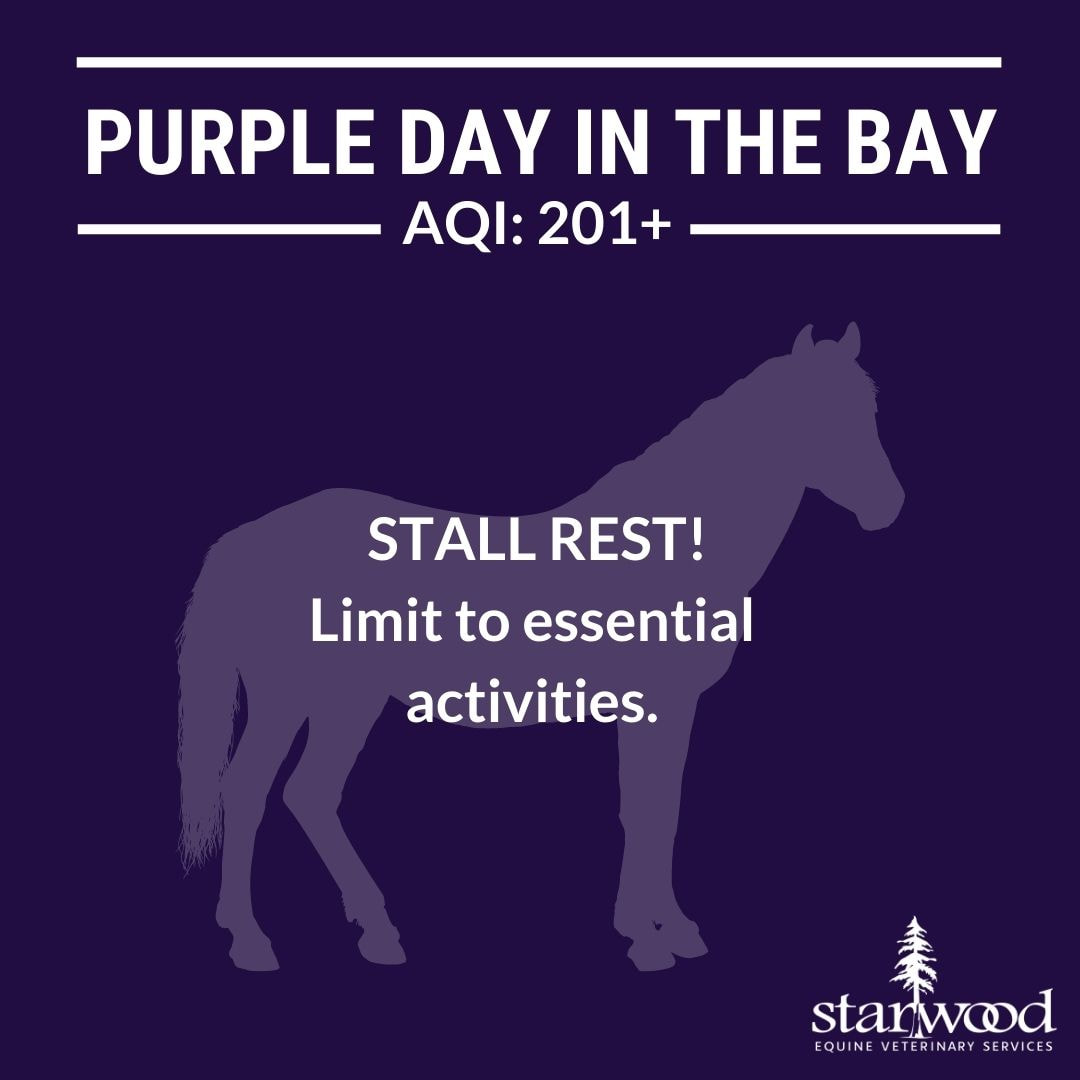
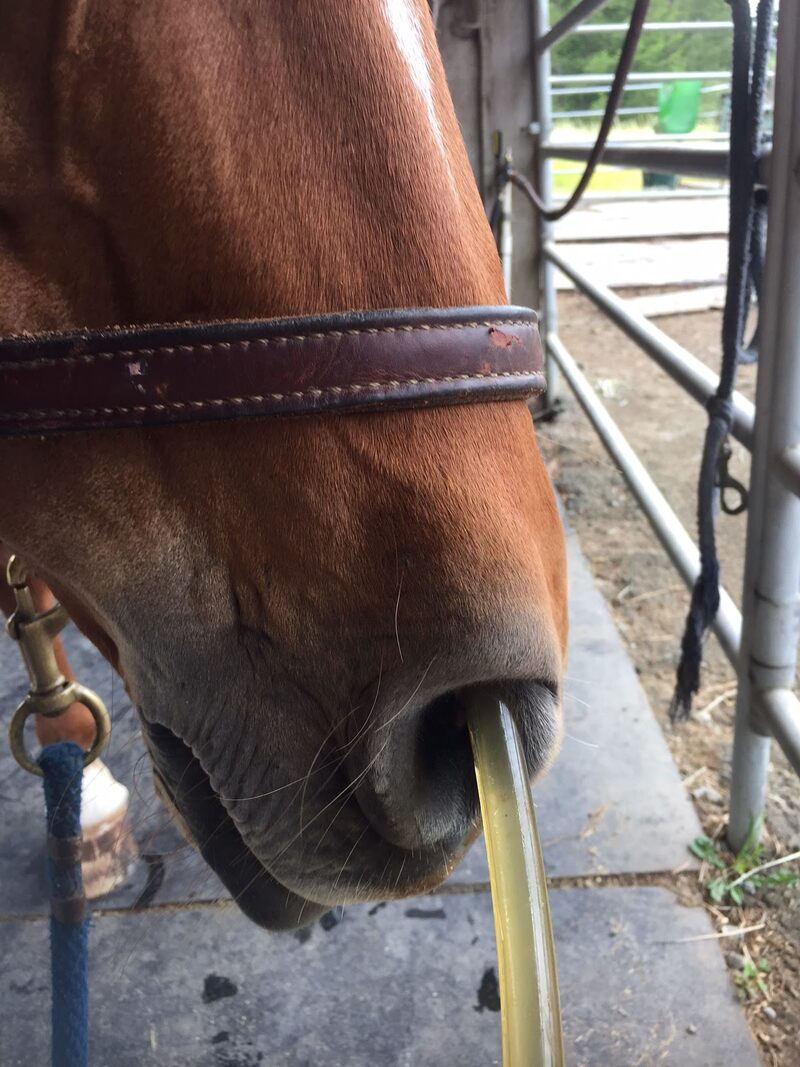
 RSS Feed
RSS Feed